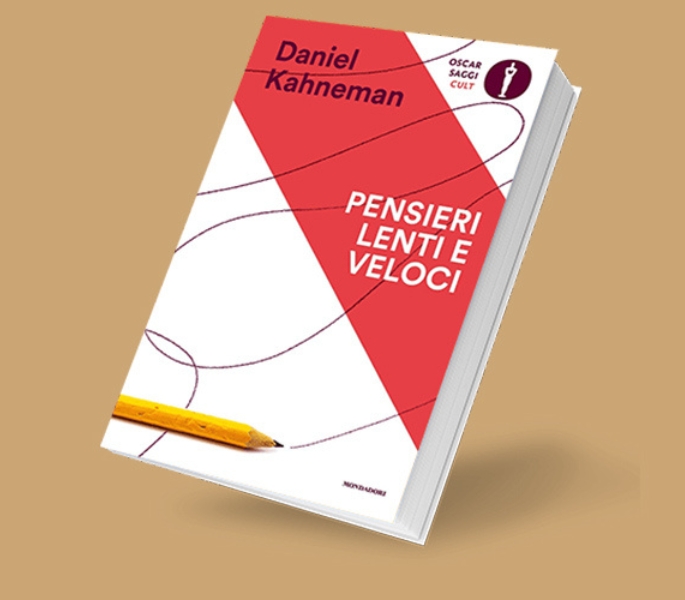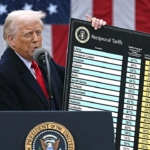Go To Market Strategy: a Good Story and a Pilot Project

Indice
The “Good Story” by Daniel Khaneman
Go To Market (GtM) Strategy usually refers to a plan created to introduce a new product to a given market. In reality, it can guide a much broader range of activities: from the introduction of existing products in new markets to guiding interactions with customers for established products.
And if thought of holistically and not traced back to predetermined solutions, it can make an important contribution to the achievement of two fundamental aspects of sustainability: economic and human. Companies have articulated these objectives differently over time, but they have now become inescapable.
The opportunity to experiment with the potential of a broader Go To Market (GtM) approach than I had previously experienced presented itself when I met a Sales Director in a foam rubber production company just under a year ago. At the end of a long interview, conducted to investigate his needs and those of his organization, he asked me how I thought I could support him in reviewing his “Go to Market” approach in a holistic way.
I was initially silent. The natural tendency to trace the customer’s need back to previously structured solutions had misled me.
I had always associated Go to Market (GtM) mainly with the launch of new products or the introduction of existing products into new markets, and for an hour my thoughts had formulated solutions only in that direction.

I then remembered Daniel Khaneman – psychologist who developed the theories on bias and heuristics and author of Thinking, Fast and Slow:
“We are led to give importance to the apparent coherence of the solution (the “Good Story”) and not to the completeness of the information (and knowing little makes it easier to integrate all the information into a coherent model …)”
that is … we often use inaccurate shortcuts and heuristics.
In short, to the well-known question: “A baseball and a baseball bat cost $ 1.10: the bat costs a dollar more than the ball. How much does the ball cost?”, I was risking answering: “10 cents”.
Go To Market Strategy: a Pilot Project
But back to the meeting with the Sales Director: a few questions helped me understand that the desired GtM approach was based on the desire to bring an entire Organization, traditionally focused on the product, to focus on the Market.
In fact, as mentioned, although GtM strategies are often associated with the launch of new products or the introduction of existing products in new markets, they can also be used to guide interactions with customers for established products, to reduce the complexity of the existing portfolio, to improve collaborative work within the organization and make resources aware of the specific steps that determine the company’s success..
On that occasion, through a Pilot Project, led by an inter-functional working group (Marketing, Sales, R&D and Supply Chain), we laid the foundations for the definition of the new GtM approach that was effective for that Organization.
- Market segmentation process and subsequent identification and exploitation of priority segments
- A mapping of the needs for continuous improvement (what new features for existing products? With which products go into “Phase out”?) and discontinuous improvement (what functionalities for new products?)
- A model for evaluating the R&D and Commercial capabilities to define an action plan (New product development guidelines, current portfolio review, segments and target customers, information and promotion actions, …)
The immediate benefits were essentially three:
- Clearly target the efforts of all functions towards a jointly constructed goal. This objective included a forecast of higher revenues on the priority segments identified and an important focus on waste: reduction of time to market and greater responsiveness to market needs and VoC (Voice of the Customer), to more consciously direct the development directions of new products and improve Value Proposition and Route to Market of the existing Portfolio.
- Dispelling a dangerous myth that circulated in the company (defined strategy and products, it is up to the sales force to align the needs of the Customer).
- To ensure a major boost for information circularity and human sustainability. Involve resources on the overall benefit of the shared approach and increase their awareness on the stages of the whole process and their contribution to achieving the goal built together.
Each company is unique, and I personally do not think there is a winning GtM approach a priori, including the one proposed here.
The sequence of initiatives to achieve economic and human sustainability should be dynamic and adapted on a case-by-case basis.
Daniel Khaneman’s “Good Story” nevertheless suggests a fundamental question:
In defining my GtM solution, am I giving importance to understanding the context completely, or am I indulging in the laziness of fast heuristics?
Three elements to combine for a good Go To Market plan
Although each company and each GtM consultancy project is unique, there are some elements that form the core of the strategy and point the way forward.
A good GtM plan can play a crucial role in achieving economic and human sustainability goals, providing the company with a solid framework to face the challenges of an ever-changing world.
Here are three elements of economic and human sustainability that can be integrated into the context of your plan:
1. Economic sustainability based on operational efficiency
A well-defined GtM plan can contribute to operational efficiency, optimizing resource allocation and reducing waste. By clearly identifying priority market segments and customer needs, the company can focus its resources on those areas that offer the greatest potential for profitability. This can result in a reduction in unnecessary costs associated with products or services that are not in demand, allowing the company to focus on initiatives that generate real value.
2. Economic and human sustainability guaranteed by customer satisfaction and involvement
An effective GtM plan puts the needs of customers and their involvement at the forefront. Through a better understanding of the market and customer expectations, the company can tailor its offerings in a targeted manner, creating a positive impact on customer satisfaction. Satisfied customers tend to be more loyal and generate cross-selling and upselling opportunities, thus contributing to the economic stability of the company. Furthermore, engaging customers increases the sense of belonging to the brand, also promoting a more human connection between the company and its customers.
3. Economic and human sustainability ensured by the circularity of information and continuous learning
A well-designed GtM plan promotes information circulation within the organization. This promotes a continuous learning environment where employees can share knowledge, skills and best practices. The involvement of different functions such as Marketing, Sales, R&D and Supply Chain in a GtM project promotes cross-functional collaboration and exchange of perspectives. This not only improves operational efficiency, but also contributes to a corporate culture based on learning and constant evolution.
In a constantly changing world, the construction of a well-defined GtM plan is therefore crucial for economic sustainability and represents a powerful vehicle to cultivate a more human and lasting connection with people in the company and with customers.
Operational efficiency, customer satisfaction and information circularity are key ingredients for success in a competitive landscape. Reflecting on your current plan and considering a GtM approach that embraces these principles can open new perspectives..
“A sustainable future is built on conscious and responsible decisions today.” Margaret Wheatley
Take the time to review your current path and, if necessary, open yourself up to the opportunity to build a targeted GtM strategy that will guide you towards sustainable growth and genuine engagement.
Articolo a cura di:

Lorenzo Pavarelli
Manager
Over fifteen years of experience in advising international clients in the automotive, retail and fashion sectors and work experiences in Italy, France and the UK.
He is mainly involved in Change Management, Project Management and process analysis/design.
Read more
Prossimi eventi










